The use of cannabinoids for health & wellness is becoming increasingly popular across the United States. A new study published in the National Library of Medicine shows that rare cannabinoids CBDA (cannabidiolic acid) and CBGA (cannabigerolic acid) prevented the virus that causes Covid-19 from penetrating healthy human cells. The full scientific study is shown here, let’s take a closer look at what CBDA is and explore its potential health benefits.
What is CBDA?
CBDA is a cannabinoid found in hemp. Cannabinoids are the active ingredients of cannabis, and there can be up to forty different varieties within one plant. Plants produce cannabinoids while in their acidic state, which then converts to the better-known cannabinoid CBD (cannabidiol) over time at room temperature, or rapidly when heated.
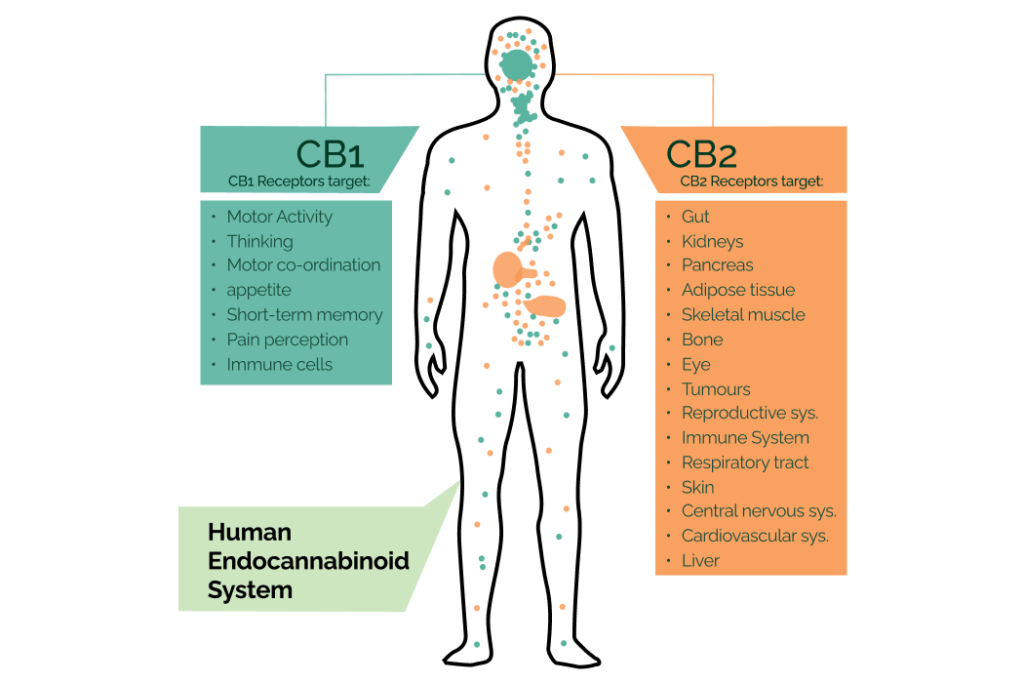
The Endocannabinoid System
When introduced into your body, they will plug into the body’s cannabinoid receptors as if you were naturally producing them yourself. Cannabinoids are effective due to the fact that they interact with the natural CB1 and CB2 receptors that are a part of the body’s endocannabinoid system.
The Endocannabinoid system is just one of the many that keep the body functioning smoothly. This powerful network regulates many important bodily functions including learning, memory processing for both short-term (like recalls) as well long-term storage; emotional responses like stress or fear which can affect judgmental capabilities – it also impacts how we feel about food.
Cannabinoids are the best-known ingredients in hemp, and for good reason. They create a wide range of effects, from alleviating pain to helping with depression while easing nausea – without causing psychoactive effects.
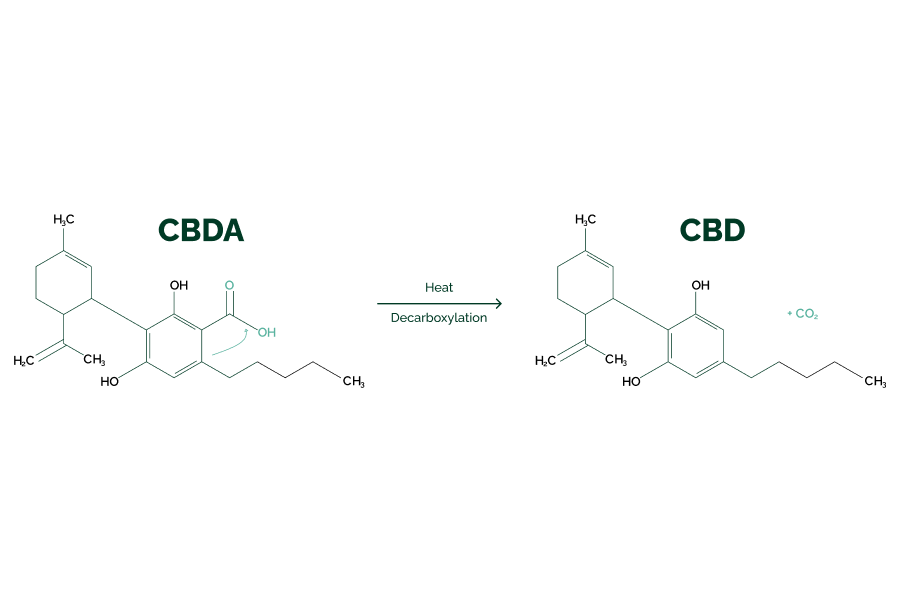
What is the difference between CBDA & CBD?
CBDA is the acid form of CBD and bears the same relationship as THCA and THC. The plant makes the acid form, and the acid form is decarboxylated by heat. CBDA is just the “raw” or unheated form of CBD.
The process of decarboxylation involves heating the cannabinoid acids in hemp to dissolve their carboxylic acids. As a result of this, cannabidiolic acid/CBDA turns into CBD.
When CBDA is taken orally, it absorbs 5x-11x better than CBD. There is also some evidence-based on animal models that CBDA is stronger and more potent than CBD, not just because it’s getting absorbed better, but because it is acting more powerfully.
Is CBDA better than CBD?
CBDA is more potent than CBD, so yes, it could be better than CBD. One way it is more effective than CBD, is by increasing serotonin. For chemotherapy patients who take ondansetron (OND) for nausea, this effect is even more pronounced.
Medical Benefits of CBDA
Inflammation
Laboratory research performed in cell cultures has found that CBDA has potential anti-inflammatory properties. Inflammation is a natural and important response to stress, injury, and illness. However, chronic inflammation is painful and can be detrimental to health. Arthritis is one example of a chronic inflammatory condition.
Aside from its effectiveness in fighting cancer, CBDA is also an excellent anti-inflammatory due to its inhibition of COX-2. Ibuprofen, aspirin, and other NSAID drugs target the COX-2 enzyme. It seems that CBDA is even more effective than THC at blocking this enzyme.
Depression
It has been discovered that CBDA not only affects the same receptors that CBD does (those that regulate depression and anxiety), but also works as an antidepressant at doses that are 10 to 100 times less than that of CBD. Pharmaceutical firms believe CBDA may be effective at lower dose levels for treating epilepsy, similar to how CBDA works for depression.
Epilepsy
As it studies the benefits of CBDA for epilepsy, the manufacturer of Epidiolex, an epilepsy drug derived from CBD, has patented its use. The pharmaceutical company believes that CBDA may work for epilepsy at lower doses than CBD, just as it does for depression.
Anti-Seizure
A study was conducted by GW Pharma, which makes Epidiolex, comparing the effects of CBDA vs CBD. CBDA was found to have a faster effect and higher bioavailability than its parent compound.
According to their findings, CBDA had to be administered at lower doses for it to be effective, thereby reducing the chance of adverse CBDA side effects. Compared to CBD, CBDA has been shown to reduce seizures more effectively.
Anti-Nausea
Researchers found that CBDA was a potent medicine against nausea and vomiting caused by toxin and motion-induced vomiting and nausea. The study discovered that CBDA could prevent nausea and vomiting due to toxins and motion. Researchers are also exploring whether CBDA and CBD work best together, since CBDA might take effect faster while CBD has a longer-lasting effect.
Anti-Tumor: Breast Cancer
In spite of the positive results, more research is needed to determine the mechanism by which the CBDA works. Additionally, cannabidiolic acid has been found to prevent breast cancer cells from migrating, limiting the likelihood that the disease will metastasize.
Prevention of COVID-19 Virus
The recent study on CBDA published by the National Library of Medicine found that cannabinoid acids can act as receptors for the spike protein. This means that they bind to the protein and cause a reaction. The cannabinoids were also able to stop the virus from infecting human cells. These were effective against different strains of the virus, including the most recent one. Orally bioavailable cannabinoids with a long history of safe human use have the potential to prevent and treat infection by SARS-CoV-2.
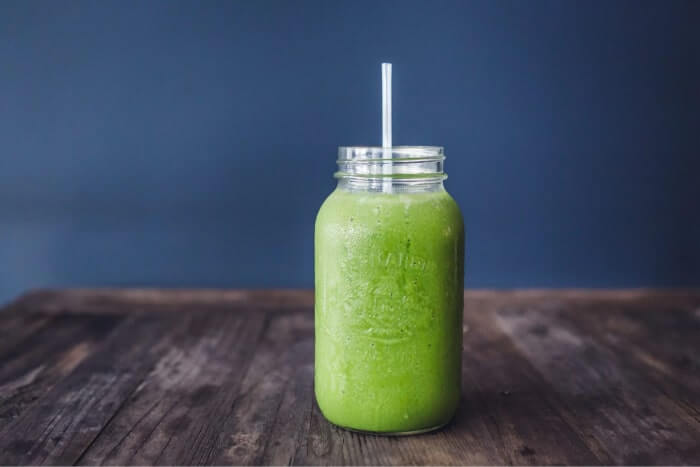
CBDA: How to use it
- Juicing it (mixing it with fruit juice to make it less bitter)
- Lightly steaming the leaves
- Tossing the leaves with a salad
- Mixing it into sauces or salad dressings
- Garnishing food with it
CBDA is a non-psychoactive cannabinoid that has been shown to have anti-inflammatory and antioxidant properties. Furthermore, it assists the absorption of other cannabinoids into your body, which can make them more effective.
The leaves and flowers of cannabis can be used as a culinary ingredients. To get in your greens without getting high, you can eat raw cannabis leaves in salads, add their leaves to smoothies, or make raw cannabis juice.
Tea can also be made from raw CBDA-rich flower buds. All you need to do is add them to a cup and steep them. CBDA will not be completely decarbed by the water, but instead infused into your drink.
Raw hemp oil is available in raw CBD oil, CBDA capsules, and CBDA tinctures for consumers to purchase. Users can ingest them or add these oils to food and drinks, or take tinctures under the tongue.

CBDA Opportunities
CBDA is now emerging as a safe and sometimes more effective alternative to conventional medicine or even its cannabinoid parent.
It may be worthwhile to supplement your CBD product regimen with small amounts of CBDA if you use such products like CBD oil, or if they may provide potential health benefits.


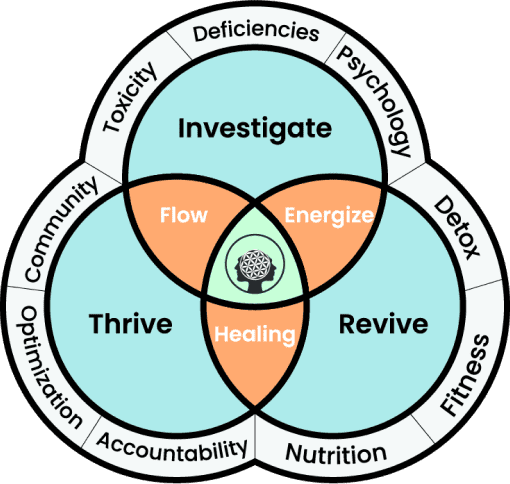
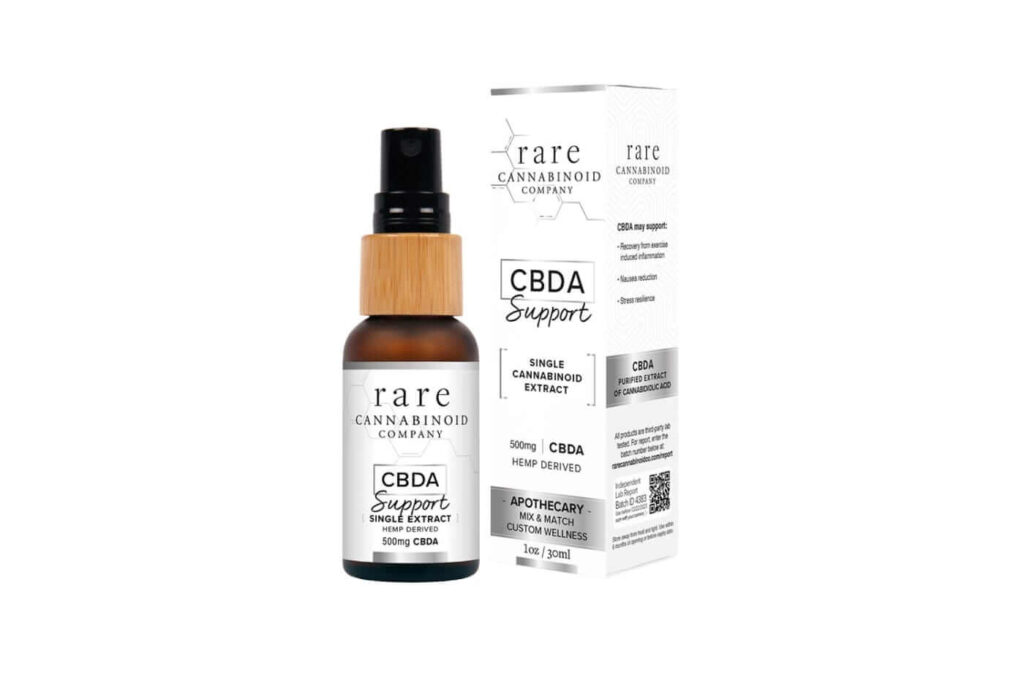
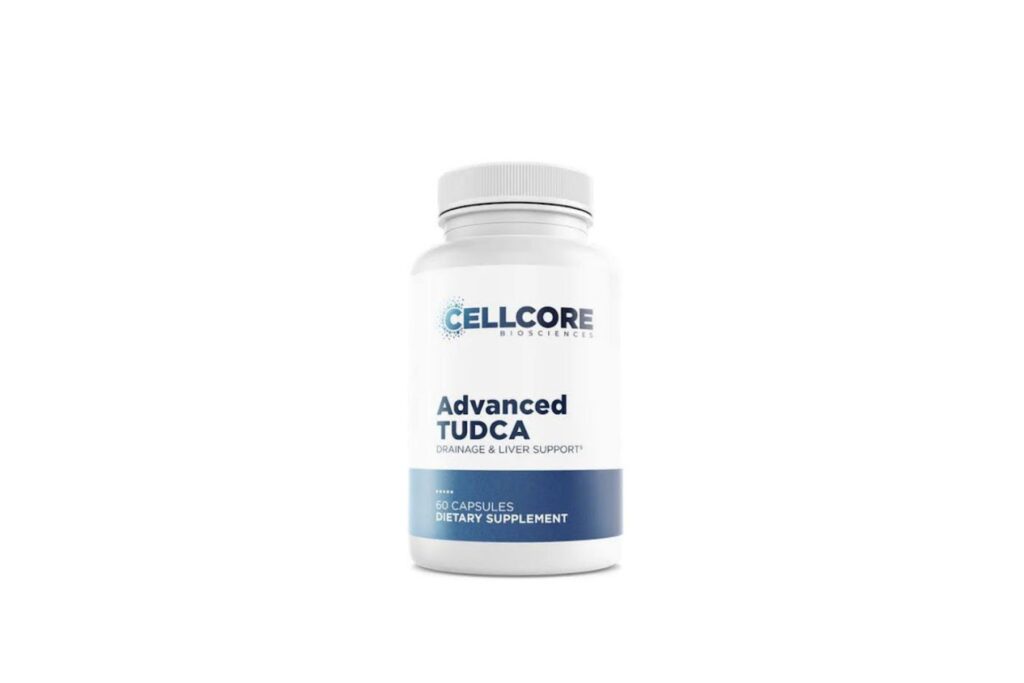







Leave a Reply
You must be logged in to post a comment.